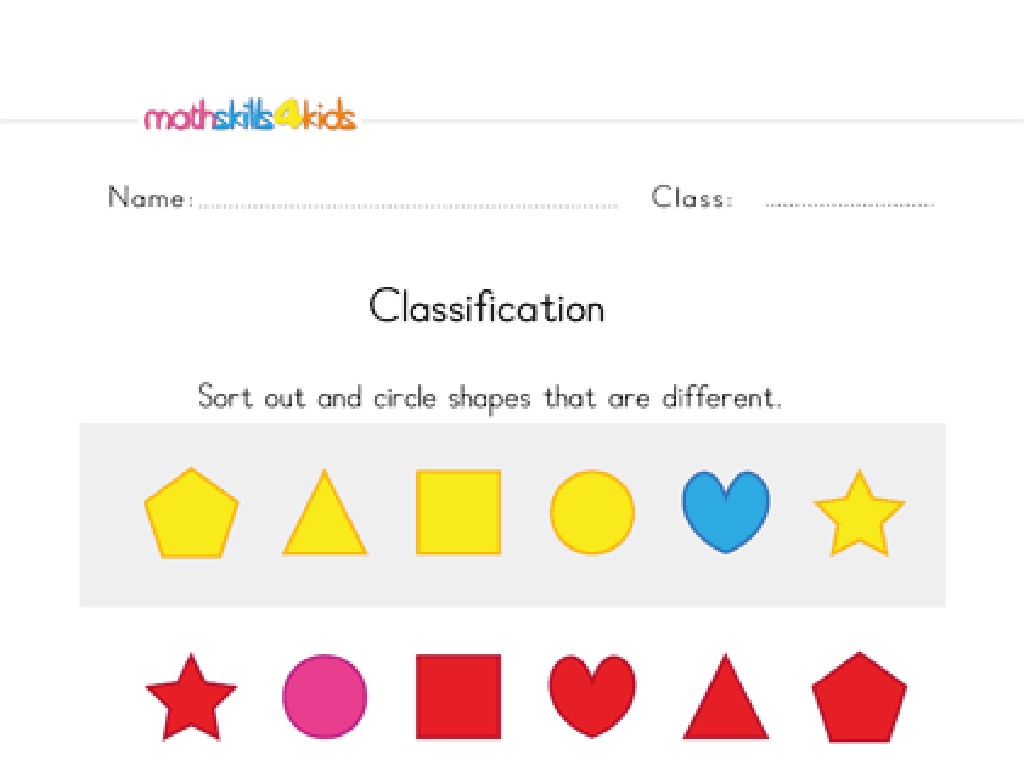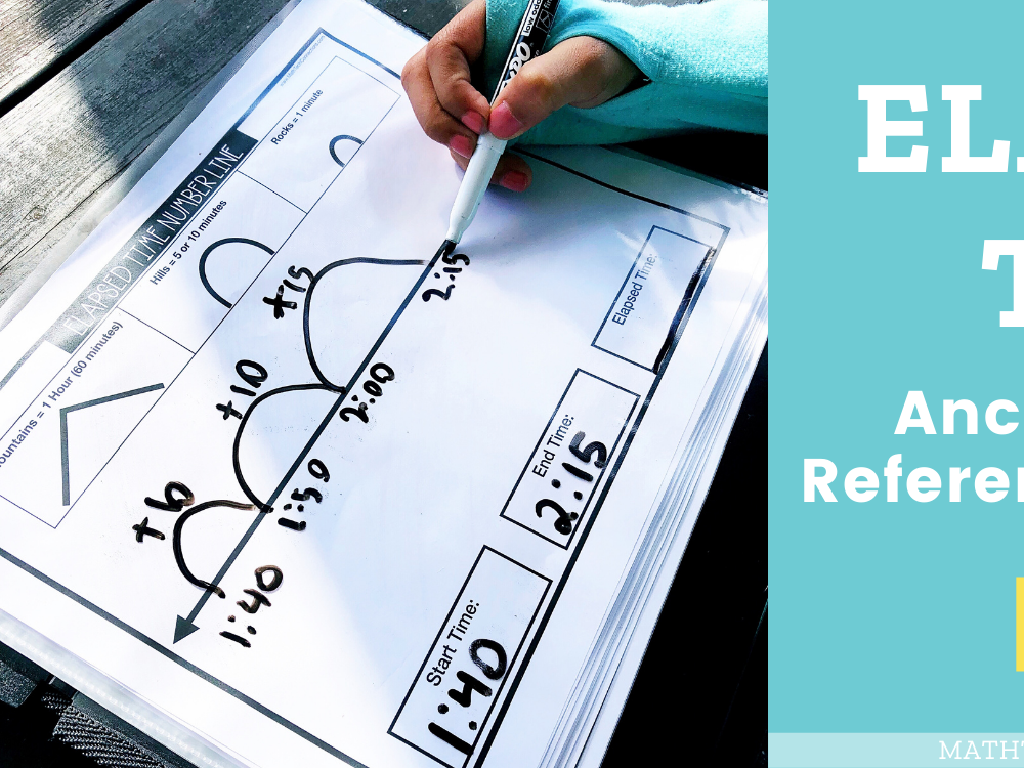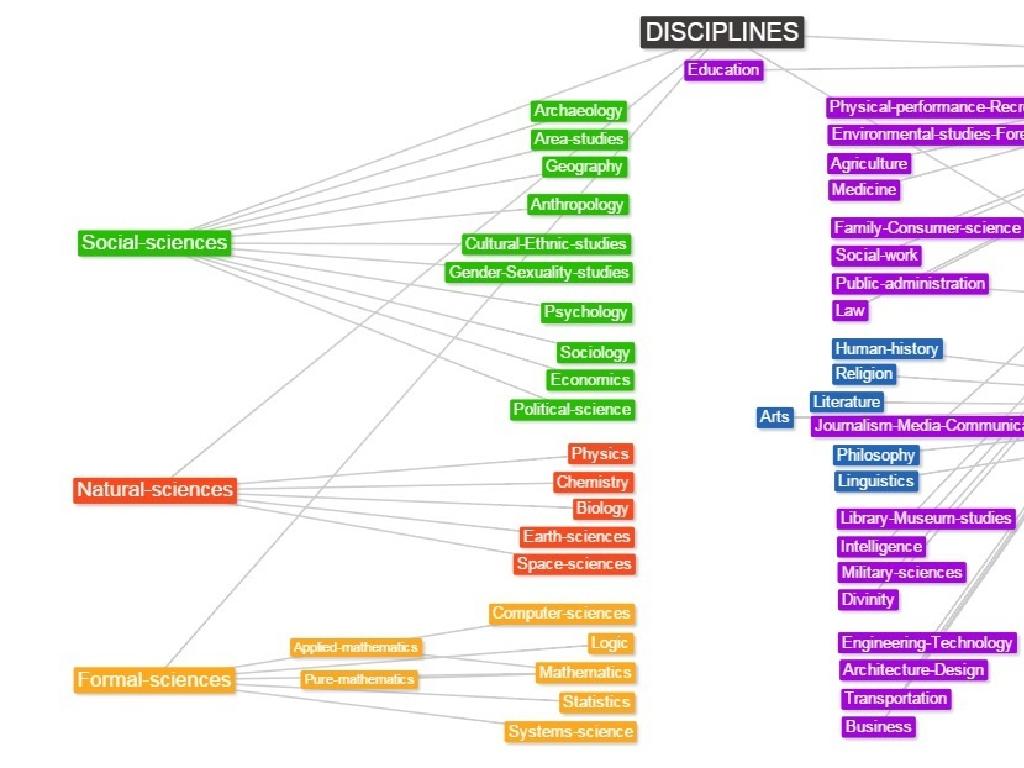Identify And Select Countries Of Asia: Region 1
Subject: Social studies
Grade: Eighth grade
Topic: Asia: Geography
Please LOG IN to download the presentation. Access is available to registered users only.
View More Content
Exploring Asia: Region 1 Geography
– Asia’s vastness and diversity
– Largest continent with varied climates, cultures, and landscapes.
– What are geographical regions?
– Regions are areas with distinct characteristics, but not always fixed boundaries.
– Focus on Asia’s Region 1
– Region 1 includes countries like China, Mongolia, and Taiwan.
– Significance of regional study
|
This slide introduces students to the geography of Asia, emphasizing its size and the diversity contained within. It’s important to explain the concept of geographical regions as areas that share similar characteristics, which can be physical, cultural, or political. Today’s lesson will focus on Region 1 of Asia, which includes East Asian countries. Discuss the significance of studying geography by regions, such as understanding cultural similarities and differences, economic interactions, and environmental challenges within a specific area. Encourage students to think about what makes Region 1 unique and to be prepared to explore its countries in more detail.
Understanding Regions in Geography
– Define ‘region’ in geography
– An area with distinct characteristics that separate it from others
– Criteria for regional classification
– Based on culture, governance, and natural features
– Regions: Cultural, political, physical
– Cultural: language, religion; Political: borders, government; Physical: mountains, rivers
– Global examples of regions
– The Middle East, Latin America, and the Sahel region in Africa
|
This slide introduces the concept of a ‘region’ as a fundamental geographical term. A region is an area that is defined by certain characteristics that make it distinct from other areas. These characteristics can be cultural, such as language and religion; political, such as government systems and borders; or physical, like landforms and climate. Provide examples of different regions around the world to illustrate how these criteria are applied in practice. Encourage students to think about the local region they live in and what characteristics define it. This will set the stage for identifying and selecting countries in Asia’s Region 1, helping students apply these concepts to a real-world context.
Exploring Asia: Region 1 Countries
– Locate Region 1 countries on a map
– Use a map to identify countries like China, Mongolia, and Japan
– Count and relate locations of countries
– There are 6 countries in Region 1, situated in East Asia
– Discuss unique geographical features
– Features include the Gobi Desert, Mount Fuji, and the Yellow River
– Understand Region 1’s diversity
|
This slide aims to introduce students to the countries of Asia, specifically Region 1, which includes East Asian countries. Start by showing a map and pointing out each country in Region 1. Discuss the number of countries and their relative locations to each other and to the rest of Asia. Highlight unique geographical features such as significant deserts, mountains, and rivers that define the region. Emphasize the diversity within Region 1, including different climates, cultures, and historical backgrounds. Encourage students to think about how geography can influence culture and history.
Physical Features of Asia: Region 1
– Major mountains, rivers, and deserts
– Himalayas, Yangtze River, Gobi Desert
– Climate impact on lifestyle
– Monsoons dictate agricultural practices
– Significance of physical features
– Trade routes, natural barriers, resources
– Case study: A specific country
– Analyze how geography shapes life in India
|
This slide aims to explore the diverse physical geography of Asia’s Region 1 and its profound impact on the countries within it. Highlight the major mountains like the Himalayas, significant rivers such as the Yangtze, and vast deserts like the Gobi. Discuss how the monsoon climate influences agricultural activities and daily life. Emphasize the importance of these features in terms of trade, defense, and natural resources. Use India as a case study to illustrate how geography can shape a country’s culture, economy, and overall lifestyle. Encourage students to think about how these features might affect their own lives if they lived in this region.
Cultural Highlights of Asia: Region 1
– Diversity of languages in Region 1
– Region 1 includes languages such as Mandarin, Hindi, and Bengali.
– Traditional festivals and practices
– Diwali, Chinese New Year, and Songkran are key celebrations.
– Historical events impact
– Colonization, wars, and trade have shaped Region 1’s history.
– Understanding regional identity
|
This slide aims to give students a glimpse into the rich cultural tapestry of Asia’s Region 1. Highlight the linguistic diversity, mentioning major languages and discussing how language influences cultural identity. Explore cultural practices and festivals, encouraging students to see the variety and significance of these events in people’s lives. Discuss significant historical events that have shaped the region, such as the impact of colonization, major wars, or significant trade routes. This will help students understand how history has influenced current cultural practices. The goal is to foster an appreciation for the region’s complexity and diversity, setting the stage for more in-depth exploration of each aspect in subsequent lessons.
Political Landscape of Asia: Region 1
– Comprehend political boundaries
– Borders defining countries and territories
– Governance systems in Region 1
– Different types of government and their functions
– Current events affecting Region 1
– Recent news and developments in the region
– Impact analysis on local politics
– How events influence political stability and policies
|
This slide aims to provide students with an understanding of the political landscape of Asia’s Region 1. Begin by explaining the concept of political boundaries and their significance in defining countries and territories. Discuss the various governance systems present in Region 1, including democracies, monarchies, and other forms of government, and how they function. Highlight current events that are shaping the region, such as elections, policy changes, or international relations, and encourage students to think critically about their impact on the region’s political stability and governance. Use real-world examples to illustrate these points and engage students in a discussion about the importance of staying informed about global politics.
Economic Activities in Asia: Region 1
– Region 1’s main industries
– Key industries include textiles, technology, and agriculture.
– Trade and economic cooperation
– Countries often form partnerships to boost trade and growth.
– Geography’s impact on economy
– Terrain and climate shape economic activities, like farming in river valleys.
– Agriculture in Region 1
– Staple crops and farming methods vary across different areas.
|
This slide aims to explore the economic activities prevalent in Asia’s Region 1, focusing on the main industries, trade relationships, and the influence of geography on economic practices. Students should understand that industries such as textiles and technology are significant to the region’s economy, and agriculture remains a backbone, with specific crops and farming techniques adapted to local conditions. Emphasize how geographical features like mountains, rivers, and climate zones can dictate the economic activities of a region. Additionally, discuss how countries within the region cooperate economically, forming trade agreements that benefit their economies. Encourage students to think about how these factors contribute to the overall development and economic stability of the region.
Mapping Asia: Region 1 Exploration
– Label Region 1 countries on a map
– Mark capitals and major geography
– Research and note an interesting fact
– Look for unique cultural, historical, or natural aspects
– Present your findings to the class
– Practice public speaking and information sharing
|
This class activity is designed to help students engage with the geography of Asia’s Region 1 in an interactive way. Provide each student with a blank map and a list of countries that they will label. They should also mark the capital cities and major physical features such as mountains, rivers, and deserts. Encourage students to use reliable sources to find an interesting fact about each country to share. This could be related to culture, history, or natural wonders. After completing the map, students will present their findings to the class, which will help them develop their public speaking skills and reinforce their knowledge of the region. Possible variations of the activity could include working in pairs or small groups, focusing on a single country for a deeper dive, or creating a digital presentation to accompany their map.
Conclusion: Asia’s Diverse Regions
– Recap of today’s key points
– Significance of regional understanding
– Recognizing cultural, political, and geographical diversity aids in global comprehension.
– Preview: Asia’s Region 2
– Get ready to explore the next set of countries and their unique characteristics.
– Engage with a brief Q&A session
– Reflect on today’s lesson and clarify any doubts.
|
In wrapping up today’s class, reiterate the importance of understanding the different regions of Asia, emphasizing how this knowledge contributes to a comprehensive view of world geography and international relations. Highlight the key points discussed, such as the countries identified in Region 1, their geographical locations, and cultural highlights. Stress why grasping the diversity within Asia is crucial for a well-rounded global perspective. Give students a sneak peek into what they can expect in the next class, which will cover Region 2 of Asia, preparing them for continued exploration. Conclude with a Q&A session to address any lingering questions and to reinforce the day’s learning objectives.






